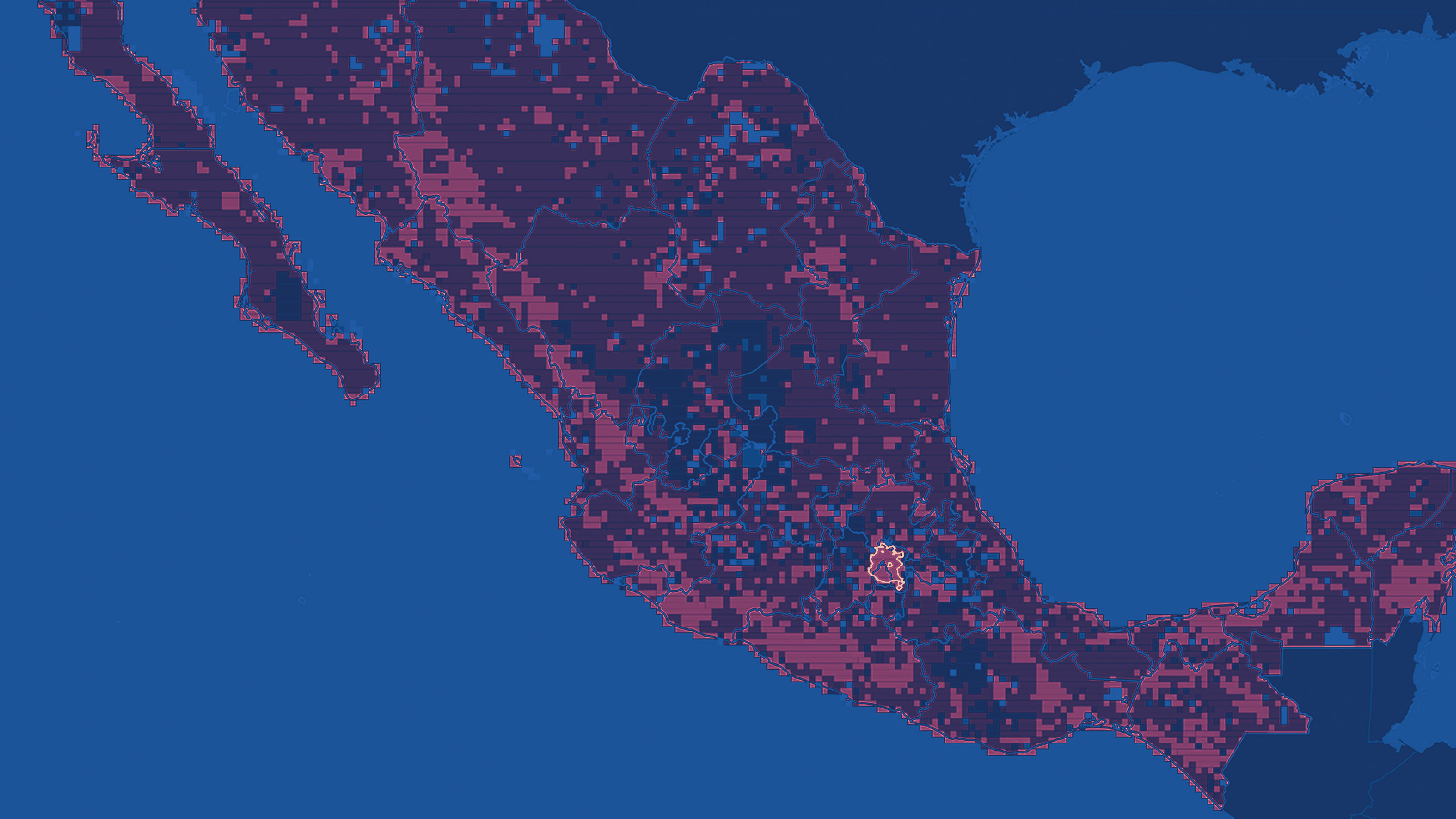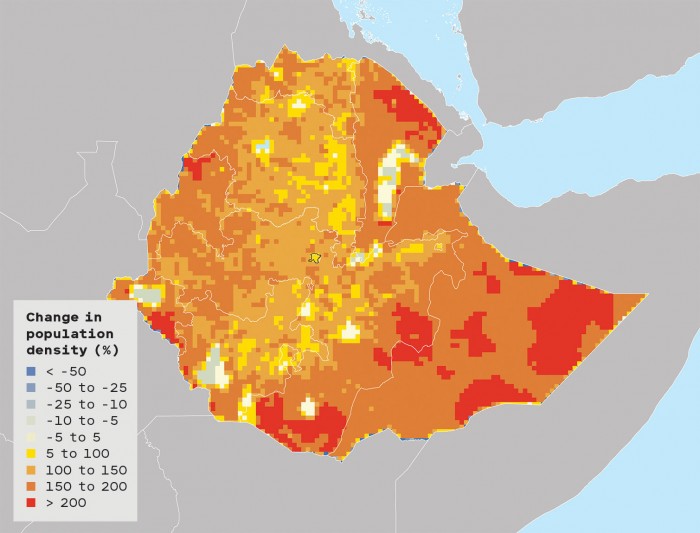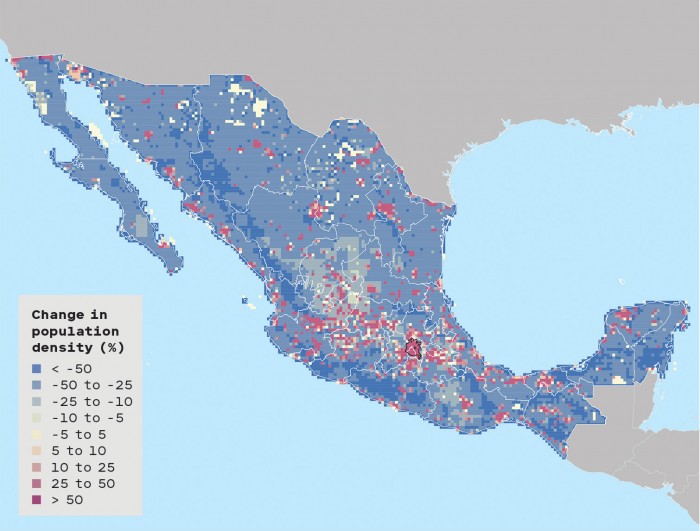Get ready for tens of millions of climate refugees
Researchers are creating models of where people will move when climate shocks hit, but so far we’re just making educated guesses.

In 2006, the British economist Nicholas Stern warned that one of the biggest dangers of climate change would be mass migration. “Climate-related shocks have sparked violent conflict in the past,” he wrote, “and conflict is a serious risk in areas such as West Africa, the Nile Basin, and Central Asia.”
More than a decade later we’re still trying to create models that might tell us where people might move, and when. Last year a report for the World Bank, the first to model migration due to climate change on a large scale, estimated that as many as 143 million people in sub-Saharan Africa, South Asia, and Latin America could have to relocate within their countries by 2050.

But is that a number we can trust? Modelers make many assumptions, like whether people will react the same way as they did to earlier climate disasters. Although models are improving, predicting how high seas will rise and how long droughts could last involves many unknowns. “There’s still a lot of work to do in this field, and I think we’re just scratching the surface,” says Bryan Jones of Baruch College, one of the report’s authors.
Modelers are trying to get more accurate numbers with new information from satellite images or mobile-phone data. But there are “constraints in using that technology,” says Valerie Mueller, an economist at Arizona State University and author of a number of studies on climate-change-induced migration. For example, satellite imagery can be used to count populations, but changes in population could result from births and deaths, not just migration. SIM cards in mobile phones can show where the phone went, but not why; and more than one person might use any given phone.

These examples focus on migration within rather than between countries, because that’s what most of the existing models focus on. Why? Because when people move, they don’t usually go far— people forced into migrating typically don’t have a lot of money, and if people in a neighboring country speak a different language, that’s yet another disincentive to leaving the home country. And in some cases a potential destination country has physical or legal barriers that can compel people to stay close to home.

Improving these models is crucial, because if governments know where people might go, they can prepare for what’s coming. For example, a city with great economic opportunities is likely to draw more migrants if a climate shock happens. If policymakers can get a better sense of how many people might arrive and when, they can prepare by directing investment to that area for affordable housing, hospitals, and schools.
“We’re never going to get exact numbers,” says Alex de Sherbinin of Columbia University, another of the report’s coauthors, “but if people understand what the model is doing, they can get very useful information out of it.”
Tate Ryan-Mosley contributed research for this story.
Keep Reading
Most Popular
Large language models can do jaw-dropping things. But nobody knows exactly why.
And that's a problem. Figuring it out is one of the biggest scientific puzzles of our time and a crucial step towards controlling more powerful future models.
How scientists traced a mysterious covid case back to six toilets
When wastewater surveillance turns into a hunt for a single infected individual, the ethics get tricky.
The problem with plug-in hybrids? Their drivers.
Plug-in hybrids are often sold as a transition to EVs, but new data from Europe shows we’re still underestimating the emissions they produce.
Google DeepMind’s new generative model makes Super Mario–like games from scratch
Genie learns how to control games by watching hours and hours of video. It could help train next-gen robots too.
Stay connected
Get the latest updates from
MIT Technology Review
Discover special offers, top stories, upcoming events, and more.